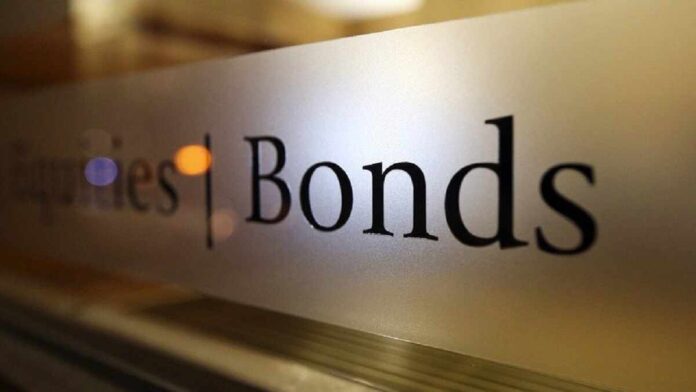Nigeria’s Bonds Yield Jumps ahead of Q1 Borrowing Plan
Ahead of inflation data release, the average yield inches higher as investors dump Federal Government of Nigeria (FGN) bonds in their books ahead of the fiscal year 2023 borrowing plan.
The bearish trade drives the yield curve upward as investors balance portfolios holdings over negative real return on naira assets – both inflation and interest rates remaining high.
According to market briefs by investment banking firms, the average yield across all instruments expanded by 11 basis points to 12.8%. In the new week, the statistics office is expected to release Nigeria’s inflation figure for December 2022.
Against expectations of a further rise, analysts at Afrinvest have predicted a 30 basis point slowdown. Fixed interest income analysts reported that the 20-year, 16.25% FGN APR 2037 bonds and the 30-year, 12.98% FGN MAR 2040 bonds, lost N2.30, and N2.46 in the just concluded week in the local bond market.
Consequently, analysts’ notes showed that yields on these instruments rose to 14.93% from 14.57% and 14.55% from 14.15%), respectively. However, the 10- year, 16.29% FGN MAR 2027 paper gained N1.21, according to Cowry Asset Management.
Thus, its yield curve fell to 12.24% (from 12.60%), while the yield of the 15-year, 12.50% FGN MAR 2035 note remained unchanged at 13.50%. Elsewhere, the value of FGN Eurobonds traded on the international capital market appreciated for all maturities tracked amid renewed demand pressure.
Specifically, the 10-year, 6.38% JUL 12, 2023, the 20-year, 7.69% paper FEB 23, 2038, and the 30-year, 7.62% NOV 28, 2047, all gained US$ 0.41, US$ 5.81, and US$ 6.67.
Meanwhile, their corresponding yields fell to 7.41% (from 8.23%), 11.07% (from 12.11%), and 10.77% (from 11.87%), respectively.
Notably, wide expectations for a slowdown in the pace of the US Fed’s fund rate hike could lead to the US dollar and treasuries decreasing while boosting demand for sub-Saharan Africa sovereign bonds.
Cowry Asset Management analysts project that bond prices will depreciate in the new week due to the expected strain on financial system liquidity, hoping to see the yield curve shifted upward.
Across the benchmark curve, Cordros Capital hints that the average yield dipped at the short (-4bps) end as investors demanded the APR-2032 (-87bps) bond, but expanded at the mid (+9bps), and long (+28bps) segments following profit-taking on the APR-2032 (+16bps) and MAR-2050 (+40bps) bonds, respectively.
“We expect the publication of the FGN bond issuance calendar for Q1-2023 to influence sentiments in the Treasury bonds secondary market in the short term.
“Nonetheless, in the medium term, we still expect frontloading of significant borrowings for the year by the FG to result in an uptick in bond yields, as investors demand higher yields in the face of elevated supply.
In 2022, yields in the local bond market rose significantly owing to low system liquidity, successive increases in the benchmark interest rate, and excessive borrowings by the government.
While awaiting Nigeria’s borrowing plan for the year, market analysts have forecasted that the government will be looking towards the domestic market as a source of finance– thus more aggressive borrowing on the local front, possibly causing a bearish bias in the New Year. # Nigeria’s Bonds Yield Jumps ahead of Q1 Borrowing Plan












